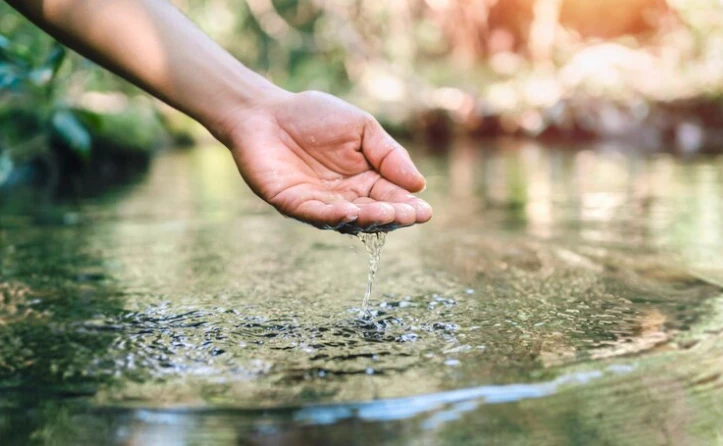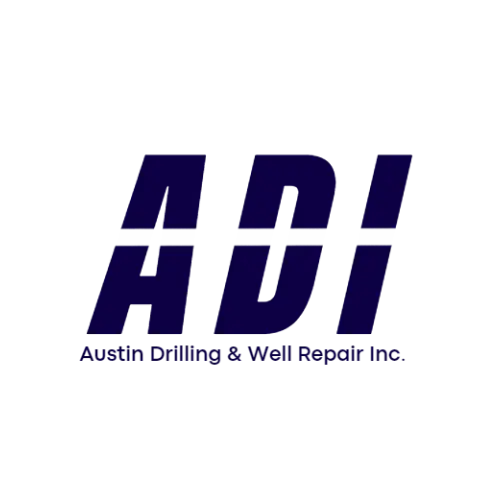Water scarcity is a pressing issue that affects countless regions around the world, and drought-prone areas are particularly vulnerable. These areas face recurrent water shortages that can have severe consequences for agriculture, industries, and the daily lives of residents. In response to this challenge, Austin Drilling & Well Repair is committed to exploring alternative water sources to provide sustainable solutions for drought-prone regions.
The Need for Alternative Water Sources
Droughts, characterized by prolonged periods of inadequate rainfall, have become increasingly common due to climate change. As a result, conventional water sources such as lakes, rivers, and reservoirs often run dry or have reduced water levels during droughts. This necessitates the search for alternative water sources that can supplement the dwindling supply.
Groundwater: A Hidden Gem
One of the most reliable and readily available alternative water sources is groundwater. Beneath the Earth’s surface, vast reservoirs of groundwater exist, offering a consistent and relatively stable water supply even during dry spells. Austin Drilling & Well Repair specializes in tapping into these hidden water resources through well drilling.
Well Drilling: A Sustainable Solution

Well drilling involves creating a borehole or a well to access groundwater stored in underground aquifers. This method has proven to be a sustainable solution for drought-prone areas for several reasons:
- Reliability: Groundwater levels are generally less affected by short-term weather patterns, making wells a dependable source of water, especially during droughts.
- Cost-Effective: Once a well is established, the operational and maintenance costs are relatively low compared to other water sources. This makes well water an affordable option for communities and industries.
- Environmental Benefits: Drawing water from wells reduces the pressure on surface water sources, helping preserve fragile ecosystems. Additionally, groundwater replenishes slowly, promoting responsible usage.
- Water Quality: Groundwater is often naturally filtered as it moves through layers of soil and rock, resulting in high water quality with minimal treatment requirements.
- Community Resilience: By investing in well drilling, communities in drought-prone areas can build resilience against water shortages and ensure a consistent water supply for domestic and agricultural needs.
Rainwater Harvesting: A Sustainable Practice
In addition to well drilling, rainwater harvesting is another viable option for augmenting water supplies in drought-prone regions. This eco-friendly practice involves collecting and storing rainwater for various uses. Austin Drilling & Well Repair offers rainwater harvesting systems that can benefit communities and individuals alike:
- Reduced Demand on Municipal Water Supplies: By capturing rainwater, households and businesses can reduce their reliance on municipal water sources, particularly during droughts when water restrictions may be in place.
- Sustainability: Rainwater harvesting is a sustainable practice that reduces the environmental impact of water usage, conserving precious resources for future generations.
- Cost Savings: Harvested rainwater can be used for irrigation, toilet flushing, and other non-potable purposes, helping to lower water bills.
- Self-Sufficiency: Communities that embrace rainwater harvesting become more self-sufficient and less vulnerable to water shortages, empowering them to manage their water resources effectively.
Unlocking Sustainable Water Solutions: A Look at Alternative Water Sources
When it comes to ensuring a reliable and sustainable water supply, exploring alternative sources of water is essential. At Austin Drilling & Well Repair, we’re committed to providing you with insights into these alternative water sources, their uses, and their sustainability. Let’s dive into the answers to your questions in a clear and reader-friendly format:
- What are the alternative sources of water supply?
- Groundwater: Underground reservoirs that can be accessed through wells and boreholes.
- Rainwater: Precipitation collected and stored for various purposes.
- Desalination: The process of removing salt and minerals from seawater to make it suitable for drinking and irrigation.
- Recycled or Reclaimed Water: Treated wastewater that can be reused for non-potable purposes like irrigation or industrial processes.
- Surface Water Diversions: Redirecting water from rivers, lakes, or reservoirs to meet local water needs.
- Atmospheric Water Generation: Technology that extracts water vapor from the air, particularly useful in arid regions.
- What is the use of alternative water?
- Domestic Use: Alternative water sources can supply households with water for drinking, cooking, and bathing.
- Agricultural Use: Irrigation is a significant application, reducing reliance on traditional water sources during droughts.
- Industrial Use: Factories and manufacturing facilities can use alternative water for cooling systems and processes.
- Environmental Restoration: Replenishing ecosystems, such as wetlands, using alternative water sources to support wildlife and maintain natural balance.
- Emergency Situations: Alternative water sources can be crucial during emergencies like natural disasters or infrastructure failures.
- What is the most sustainable source of water?
- Groundwater: Groundwater is often considered the most sustainable source of water due to its natural recharge process. It’s replenished through rainfall and can be accessed without significant environmental disruption.
- What are 10 sources of water?
- Rainwater: Collected from rainfall and stored for various uses.
- Groundwater: Stored beneath the Earth’s surface in aquifers.
- Rivers: Natural flowing bodies of freshwater.
- Lakes: Large bodies of standing freshwater.
- Reservoirs: Artificially created lakes formed by damming rivers.
- Ponds: Smaller, man-made bodies of water, often for agriculture or landscaping.
- Seawater: Found in oceans and typically desalinated for consumption.
- Glaciers: Frozen freshwater sources in polar regions.
- Atmospheric Water: Extracted from the air using specialized technology.
- Wastewater: Treated and reclaimed for non-potable purposes.

In conclusion, alternative water sources are essential for ensuring a sustainable and reliable water supply, especially in drought-prone areas or during times of crisis. Groundwater is often the most sustainable option, and these sources can be utilized for various purposes, from domestic use to supporting agriculture and industry. Understanding and harnessing these sources is key to a more water-secure future. If you have further questions or need assistance with water solutions, don’t hesitate to reach out to Austin Drilling & Well Repair. We’re here to help you navigate the world of alternative water sources and provide tailored solutions to meet your specific needs.
The Bottom Line
As droughts become more frequent and severe, the need for alternative water sources becomes increasingly urgent. Austin Drilling & Well Repair recognizes the importance of exploring sustainable solutions to address water scarcity in drought-prone areas. Groundwater extraction through well drilling and rainwater harvesting are two effective strategies that can provide reliable and eco-friendly water sources for communities and industries alike.
By harnessing the potential of these alternative water sources, we can create a more resilient and water-secure future, ensuring that even in the face of drought, people have access to the vital resource they need for their daily lives and livelihoods. Austin Drilling & Well Repair is committed to supporting these efforts, providing expertise and solutions to help communities thrive even in challenging conditions.


